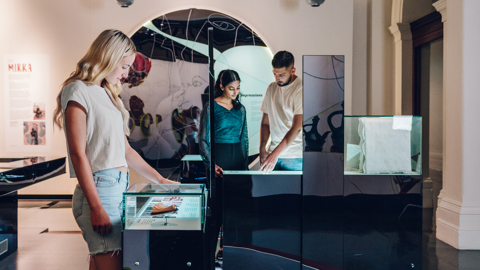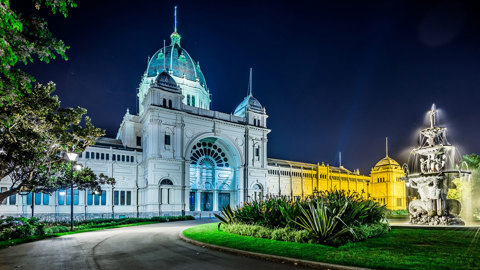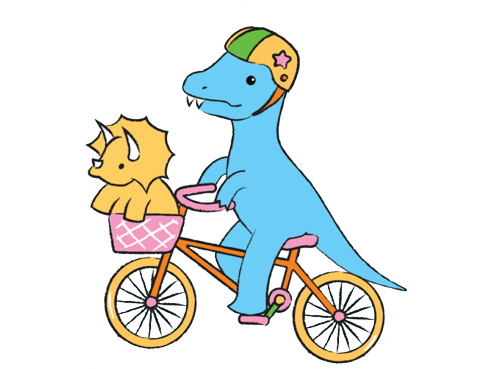Planets, dwarf planets and moons in a bottle
Teacher notes
The possibility of life on other planets, dwarf planets or moons fascinates us all. However, looking at other places in our Solar System, we can see that the very special environment needed to support life as we know it is not easy to come by. Our Earth is just the right distance from the Sun, so it’s not too hot or cold and it has the right mixture of chemicals. For life to be able to exist on other planets, conditions need to be just right.
In this experiment, students will mix yeast with a nutrient broth consisting of water and sugar. This represents the ‘life’ that we are testing. The conditions for the life form can be altered by adding substances to the broth or exposing the yeast to different environments. The simplest planet to simulate in a bottle is Earth.
The basic mixture is prepared as follows:
- Mix 3 teaspoons of sugar in a cup of luke-warm water, and add this to a clean, empty 500ml or 600ml used soft drink bottle. Shake this so that the sugar dissolves completely.
- Add 2 teaspoons of dried yeast powder and carefully swirl the bottle around to mix the yeast into the sugar solution.
- Cover the mouth of the bottle with a party balloon. Stretch the mouth of the balloon so that it covers the thread of the bottle’s mouth.
- Wait, watch and measure the circumference of the balloon every 15 minutes.
As the yeast cells digest the sugar, they produce carbon dioxide gas and inflate the balloon. A healthy sample of yeast can inflate the party balloon to a 30cm circumference in less than 30 minutes. The rate at which the balloon grows is proportional to the growth rate of the yeast colony. After the yeast cells are added to the nutrient solution, they begin to divide and increase in number. As the colony size increases, so does the rate of production of carbon dioxide, so long as there is an ample supply of nutrients. If the environment inside the bottle is conducive to yeast growth, the maximum rate of carbon dioxide production will be high. Conversely, if the environment is hostile to yeast, the maximum rate of carbon dioxide production will be low.
Simple variations of this ‘Earth in a bottle’ can be used to discover environmental factors that inhibit or promote the health of the yeast colony. Students can compare these factors to conditions on other planets or moons. Variations include adding an acid like vinegar to simulate acid environments like that found on Venus, and adding boiling water to simulate the intense heat found on this planet. Placing the yeast in a freezer simulates the environment of Neptune and experimenting with radiations such as microwaves and UV light will simulate planets with little atmosphere. Other variations that either you or the students can think of to simulate planets could also be considered and should be encouraged.
Suggestion
The students should be broken up into groups of four (depending on how many students are in the class and how many variations are included in the practical exercise). One pair of students in each group should simulate Earth in a bottle and record observations. This will be their control. The other pair in the group should be allocated one of the variations to simulate another planet. The students can then share results with the rest of the class and discuss them as a group.






